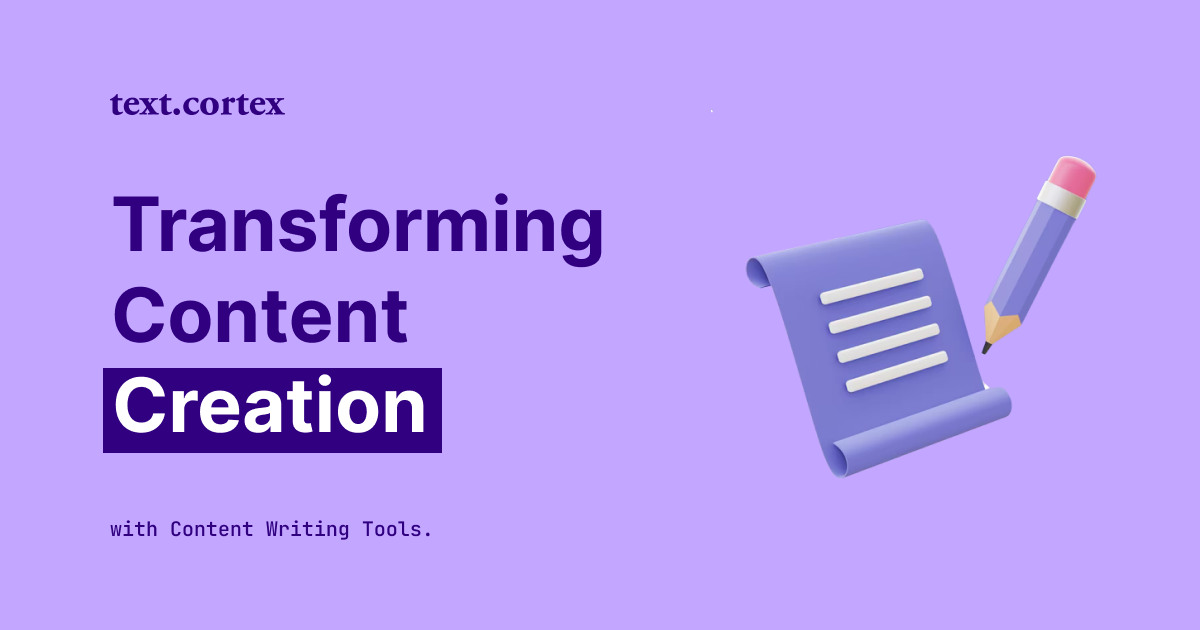Did you know that the top pages in a Google search have an average click-through rate of 32%?
To drive high traffic and high click rates on your website you need to write compelling blog post titles that establish a magnetic pull toward your articles.
However, pulling in customers and readers through their interest in the topic is not as easy as it seems, right?
Sometimes it can be frustrating how much time you need to spend to keep up with your competitors.
And not to mention scenarios where you want to suppress their rankings.
Luckily for you, we got you covered.
Today we will show you how to write blog titles to make them more catchy and boost the visibility and traffic of your webpage.
Additionally, we'll show you strategies and examples that you can implement throughout your writing process, so your readers won't forget to click on your headline every now and then.
Let’s dive in!
Why Are Blog Titles So Important
The blog title is the first readers’ interaction with any article.
It reflects what you offer to your customer base.
A good blog title sends the message to people to take your advice, product, or service to achieve something better or to get something they never had before.
The well-crafted headline can:
- Increase clicks, shares, and traffic
- Improve your search engine optimization (SEO)
- Scale up your conversion rates
- Launch your business to the higher levels
Now that we know it may help you, let's get through how to write blog titles that convert.
9 Tips on How To Write Blog Titles That Grab The Attention
1. Ask Questions
Have you noticed that many of the most popular blog post titles are in the form of a question?
Questions are one of the best ways to pique interest and spark engagement in your audience.
When writing a blog title, it is always good to ask questions about topics your target audience will find interesting.
For example, you can offer suggestions on how they can improve their businesses or their lives in the form of a question:
- Uncover the "hidden truth" – "Which Things You Should Always Keep Private?"
- Try a negative approach – "What Not To Do Before Buying A House?"
- Be a tease – "What Happens When You Give Up Caffeine?"

The examples above do not include X number of tactics, but this form of a blog title can provide enough information about what readers can expect to get reading it.
This can be a great tactic if you have a lot of experience and knowledge about a particular topic to create a strong bond with your readers based on trust and reliability.
2. Leverage Numbers To Prove A Point
Use numbers that will help you illustrate an important point or message.
When your blog title includes a number, it gives you a chance to list all the reasons why something is true and provides instant proof that what you are saying is legit.
Let’s say you wanted to tell your readers how to increase their content promotion visibility with example title:
“20 Content Promotion Strategies To Make Your Content More Visible.”

By including numbers in your title you make a definitive statement.
This example says that there are 20 different ways you can use to increase your content performance.
By using numbers as visuals you are sending a strong message and your reader is compelled to trust you – he is not "guessing" that you are right.
Instead, he wants to find out more.
When readers see a number in a blog title, they immediately assume that the content will be organized logically and follow through on promises made in the title.
3. Create Urgency That Invokes Curiosity
Often, we get stuck in a rut for our blog post titles, and we don't know how to make them "pop."
A great way to overcome this is to create blog post titles that invoke curiosity and a sense of urgency.
When people see a title that contains words like “fast”, “immediately”, or “now,” they feel compelled to click and find out more.
Here is an excellent example of how you can include all of that to attract more attention to your content:
“25 Ways to Grow Your Small Business Fast.”

You can see how adding the number 25 helps create a sense of urgency, especially when paired with the word “fast.”
The “small business” aspect also creates a target audience for that piece.
As a bonus, the title even serves as a preview of what will be included in the blog post itself.
Use words that make people feel like they need to click on your post right away because they'll miss out if they don't.
There's a psychological element at play here as well — if you don't click and read, you'll miss out on valuable information (or a limited time offer), which is something most people aren't willing to risk.
4. State A Clear Benefit That Solves A Problem
Your headline should answer these questions with a clear benefit for the reader:
- What does the reader get out of reading your post?
- What problem does your advice solve for them?
- How can they use this information to improve their business?
It's not enough to say "How To Grow Your Email Marketing List."
It will not matter if your picture design is flawless, and no one will care that you spend 36 hours researching the subject.
You will end up invincible on the 4th Google page with a low or no click rate.
Let’s take a look at that example:
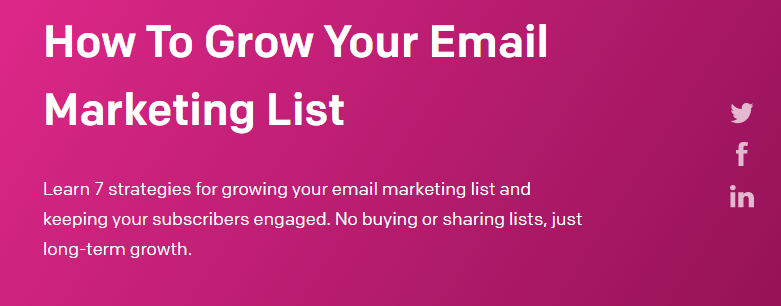
Here, all relevant information is included in the short intro of the blog post.
The reader must first CLICK on the blog post title to see it, right?
So, your title should clearly state what the reader will get out of reading your blog post.
If it doesn’t, your readers will be confused and leave before they even finish reading your headline – this means no clicks.
Now, take this blog title as an example:
“7 Proven Strategies to Increase Your Blog’s Traffic by 206%.”
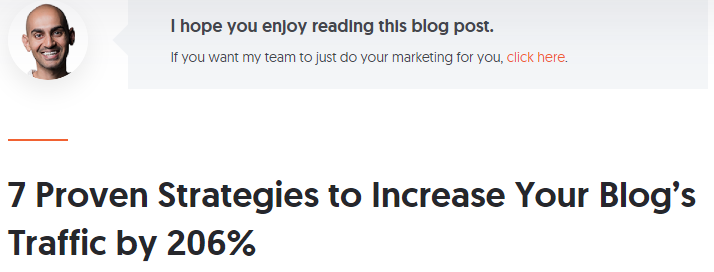
This article provides value by giving the reader 7 actionable steps that they can take to improve their site traffic by 206%.
Even if your reader is partially interested in the subject, he will be hypnotized to determine how you calculated 206% and where is a catch – and this is how you achieve your click.
If you don’t give a clear benefit in your blog title, you can’t expect people to read it.
5. Make An Outrageous Statement And Back It Up
This is probably the most tried-and-true method of grabbing attention with your blog title.
And there’s some science behind it: our brains are wired to pay more attention to things that surprise us or go against our expectations.
Here is one blog title example that uses this technique:
"Save your child’s life or save 10 kids you don’t know – what would you do?."

The urgency is created with the time limit or tightrope, while the emotional hook is created by feelings such as guilt, empathy, remorse, and the urge to save someone’s life.
The right emotional trigger can make people drop everything and read your content immediately.
In addition, don’t hesitate to make an assertion that goes against what people believe.
Disagreement is a powerful emotional trigger that you can use to drag people into your post so they can find out why you have such an opinion.
Let’s check that example:
"10 Biggest Reasons Why You Should Never Buy A New Car"

This blog title might intrigue people who enjoy spending a lot of money on new cars, confront this idea, or find out those 10 reasons.
When you write an outrageous statement, it's essential not to forget to back it up with evidence in your post.
Using this technique you will attract more readers down the pipe and make them want to come back for more.
6. Pick The Perfect Length
The length of your titles depends on where you're posting them.
In the body of an email, shorter is better.
Tweets have a 140-character limit.
But in Google searches, longer is better – although not too long.
The perfect length for a blog post title is around 70 characters, including spaces.
That's because that's the maximum number of characters that will appear in a Google search result.
After 70 characters, Google truncates the title with an ellipsis, which can be annoying.
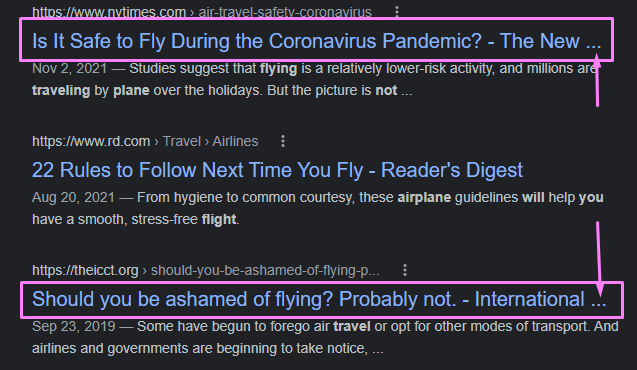
However, most people don't read past the first 50 characters or so of any message on social media.
If you want to make sure your titles get read on Facebook and Twitter, aim for about 50 characters.
7. Make It Specific And Relevant To Target Audience
Titles are the easiest way to describe a post and get your message across, so they're something you should care about.
When you want to write blog titles that will attract readers, remember that there's more than one way to approach it.
Here are some ideas:
- Topical – Want to write a post on the latest movie or anime?
That is a good choice.

It's relatively easy for readers to identify the subject of your post, and they'll have time to think about it before clicking through.
- General – There's no way for readers to know if you're talking about something specific unless you use a title like "Movie Review" or "Book Review."
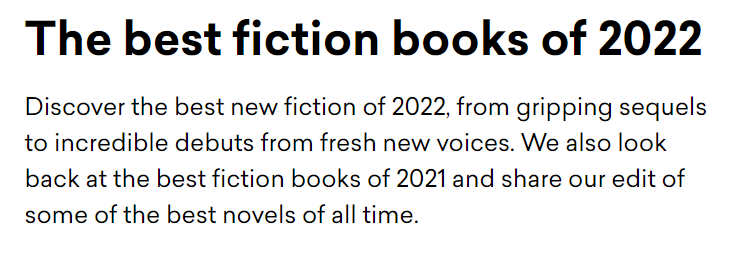
But if you're just writing about movies and books, don't force people to guess what you're talking about.
Instead, be specific and let your readers know exactly what your blog post is about.
- Intentional – Use brackets as tags to let the readers know what your article is about and why it is significant.
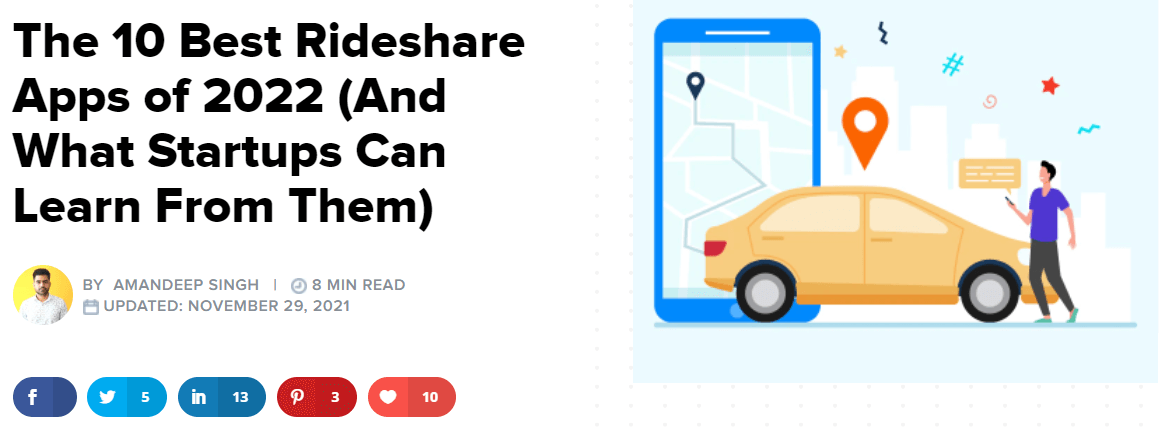
It will be great if you can use this form in linking blogs to other sites, because it can contribute to the enhancement of your search engine positioning too.
By using it more frequently, you will find this method becomes so much more effective.
8. Make It SEO-Friendly
Search engine optimization (SEO) refers to improving your site's ranking in search results.
Since over 90% of people don't look past the first page of search results, your content must show up as high as possible on that list.
When creating a title, think about what words or phrases someone might type into Google if they look for information like what you're writing about.
Then make sure those terms appear somewhere in your title.
For example, a blog post about a "romantic love letter" can have the title:
"25 Romantic Love Letters For Her To Take Her Breath Away."
It would be best if you didn't get so caught up in SEO that you forget about readability.
Titles that are too stuffed with keywords can look spammy and unprofessional, and they will not perform well in search queries.
A better strategy is to stick to the formula Visual + Keyword + Power Words – make sure not to go overboard with any of the given parameters.
Optimizing your titles to be more SEO-friendly will help search algorithms understand that your content is the best possible result with search queries.
This way, your blog posts will become more visible, automatically increasing your traffic, clicks, and conversion rate.
9. Use AI Tools To Create Optimized Blog Titles At Scale
If you’re like most content marketers, you probably spend a lot of time and energy thinking about your blog titles.
And with good reason — they’re the first thing your audience sees, so it makes sense to optimize them as best you can.
How to write blog titles that increase CTR with AI tools?
AI tools use a natural language process to help us craft more effective titles based on a set of primary keywords.
For example, with TextCortex, you can generate the best possible SEO-friendly title that performs well in search queries within seconds.
How?
All you need to do is sign up, and navigate to the TextCortex Creator Suite, choose the desired template, enter the details about the topic, focus keyword, and hit “Create.”
With just a couple of clicks within TextCortex, you are able to automatically generate your content up to 10x faster without spending hours brainstorming your perfect blog titles.
Implementing AI tools in your work process will leave plenty of room for you to research competitors and keep the race for higher CTR going full-time.
To Sum
I hope these tactics will help you be ahead of your competition in terms of basic requirements for the fully optimized blog title that converts.
Remember that only well-crafted blog titles can help your audience to know what you are offering and encourage them to click through.
So, if you’re not sure how to write a blog title that hooks your readers, try implementing these tips and monitor your performance rate.
AI optimization is a worthwhile tactic for improving your blog's visibility and clicking rate.
But as we noted earlier, it's important not to rely solely on AI optimization if you want to make the most of it.
It will help if you put in some consistent effort first – which means doing your research and testing out different titles before you settle on one.
To gain the benefits of AI optimization, we recommend using TextCortex in parallel with your blog generation process.
To see improvements in title performance, you must consistently use the AI tool.
The best part is that you do not have to lay a finger for it to fulfill all requirements for your content to scale up.
Plus, it will save you a lot of time and money.
Try TextCortex Blog Title Generator for free and start creating blog post titles at scale.

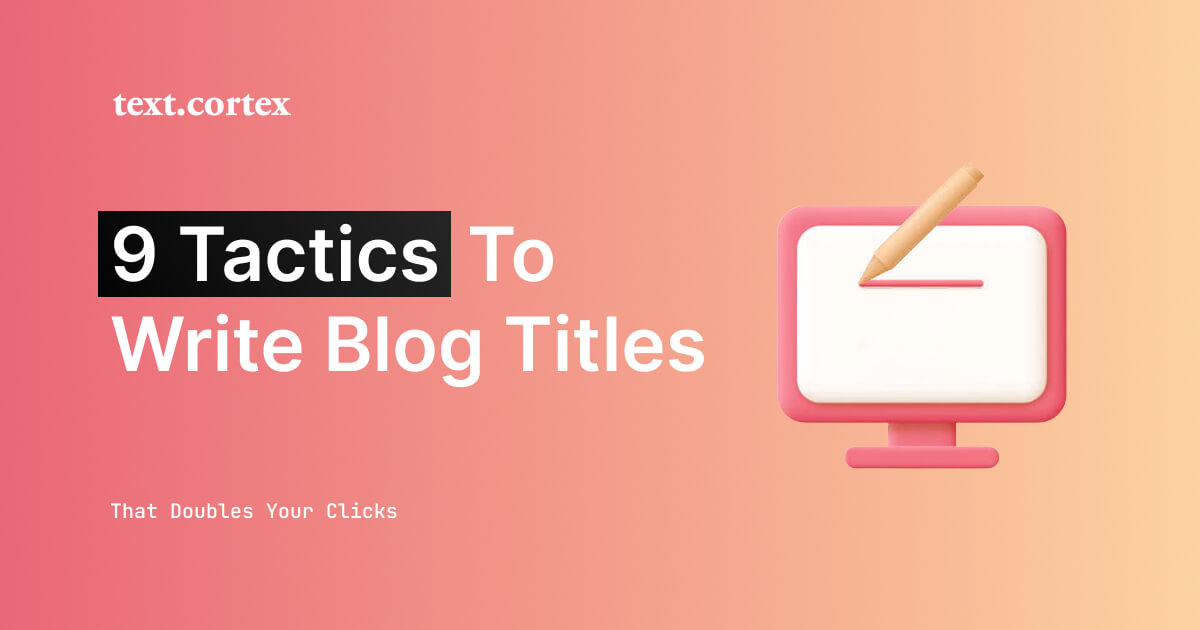
.jpg)
